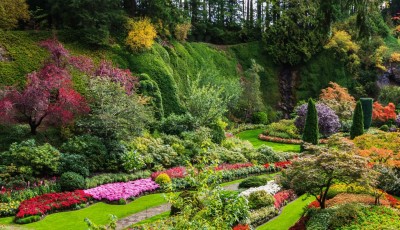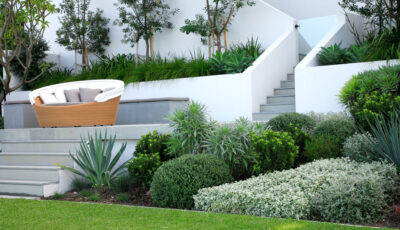Tips for gardening in a desert city
For many people, gardening is one of the favorite pastimes. It’s easy to see why – you work with your hands, put care into it, and observe your work growing in front of your eyes. However, gardening can be demanding, especially if you live in a desert climate. You need to provide your plants with enough water and combat the hot, dry conditions. Because of this, we have prepared tips for gardening in a desert city to make your hobby less confusing and more fun.
Top tips for gardening in a desert city
Starting a garden is one of those excellent decisions that can pay off, both for your body and mind. You can have your own delicious vegetables, aromatic herbs, and colorful flowers. And you can do all that in a desert climate, as well! Even though there might be too much sun and not enough water. If you apply the following tips, your garden will surely flourish.
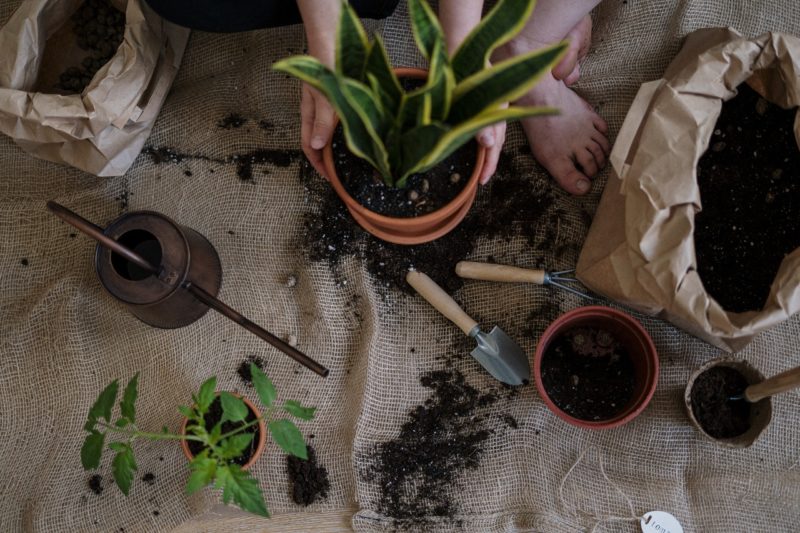
If you’re moving to a desert city and want to bring your plants with you, keep in mind you will need to put special care into this project. Certainly, relocating sensitive flora is not easy, but once you’ve put so much effort into growing your garden, it’s understandable why you would want to bring it with you.
Regulate nutrient levels of soil
Before planting your garden, you need to test your soil for nutrients. When gardening in a desert city, know that the soil likely has high levels of gravel, sand, clay. You can amend this by adding compost or other organic matter to provide your seedlings with a nutritious environment for growth. It’s recommended to stay away from manure, considering how rich it is in soluble salt, which is already present in desert irrigation.

Choose the right plants
Picking the right plants is crucial for gardening in a desert city. Do a lot of research and opt for the types of plants that can survive (and thrive!) in these conditions. Make sure to look for seeds from plants that have adapted to the desert. You can get those from specialized companies, farmers’ markets or nurseries.
Fruit trees
You can find many different fruiting trees that are perfectly suited for a desert-like climate. Some proven champions are pomegranates, peaches, apricots, plums, and figs. You can also add more drought-tolerant species like guava, mangos, moringa, and date palms. Make sure to inform yourself on what kind of conditions and care each tree requires.
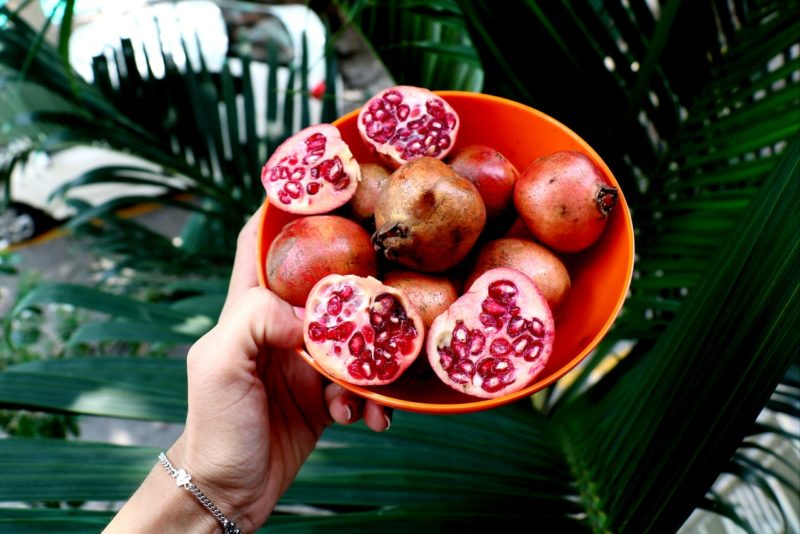
Nut trees
A dry and sunny climate is a welcoming environment for nut trees, which will provide much-needed shade in your garden. Species that do very well in these conditions are:
- Almond – The semi-dwarf All-In-One kind would be a good choice since it grows best in fast-draining soil and self-pollinates.
- Pistachio – Mid to high desert areas are most suitable for them. To produce nuts, they require about 1000 hours of winter chilling. That’s why low desert areas might not be a great fit.
- Pecan – They require regular watering and soil that has a lower salt content.
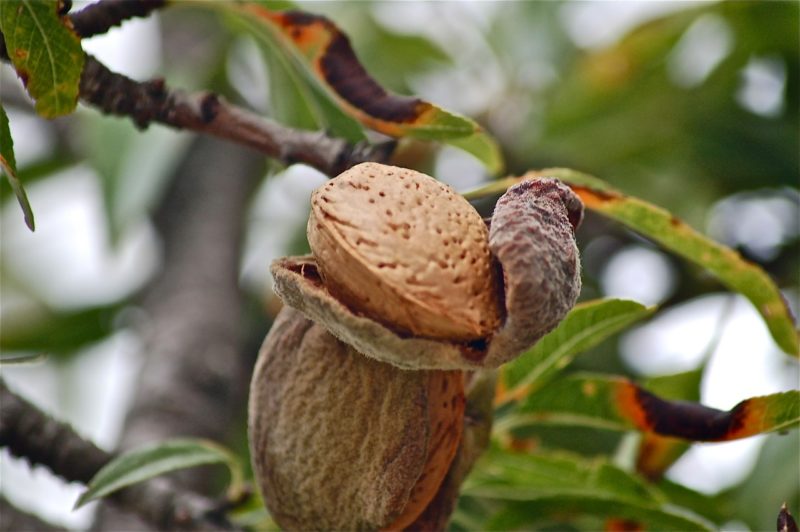
Desert-style landscape
A desert-style landscape might match the design of your home. Select native or well-adapted species that display the charm of your region and do well with low moisture. You want to be careful and group plants according to their water demands. Most prevalent species are succulent plants. They have thick, flesh-like leaves where they store water and enable the plant to endure long dry seasons.
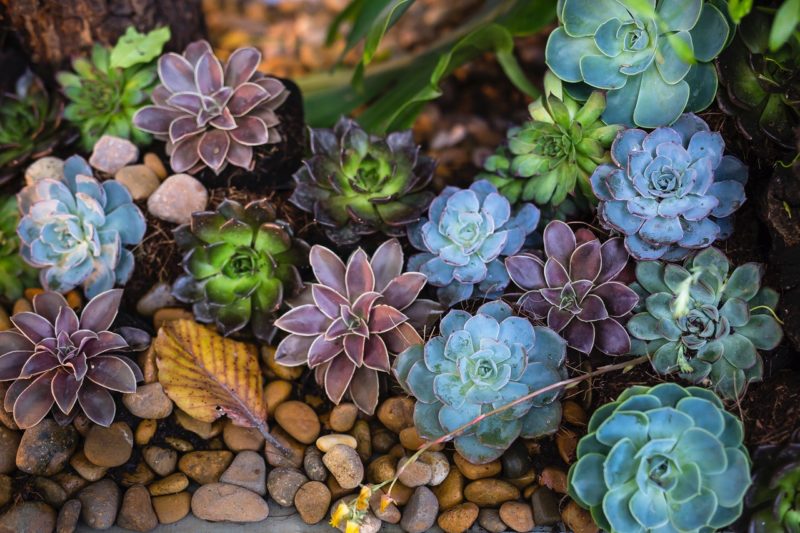
Vegetables
Even though vegetables are not common in the desert, some species can succeed in this harsh environment if you follow all the steps based on the season:
- Warm-season vegetables: squash, pumpkin, melon, beans, cucumber, eggplant, corn, sweet potato
- Cool-season vegetables: potato, beets, cabbage, broccoli, carrots, radish, turnips, spinach
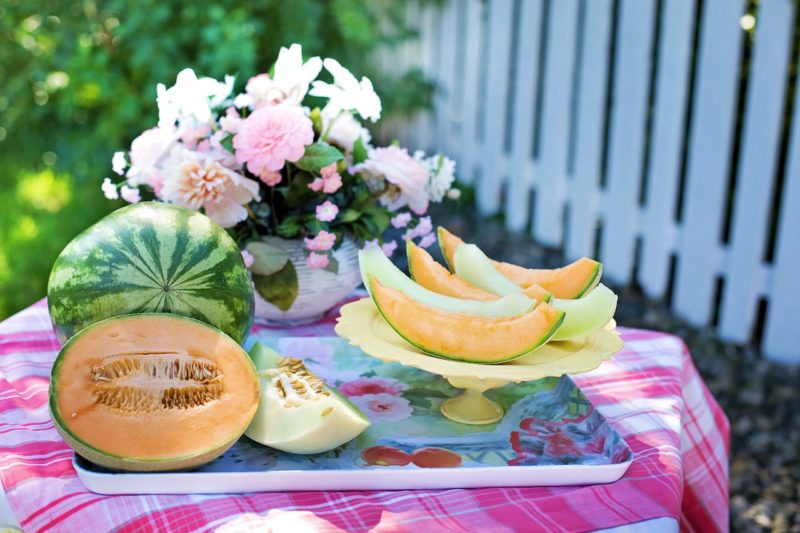
Set up an irrigation system
We all know watering a garden properly is essential for successfully growing plants. This step is even more important in the desert. Positioning of the plants, day and night temperatures, and the type of plants you choose will impact the amount of water needed.
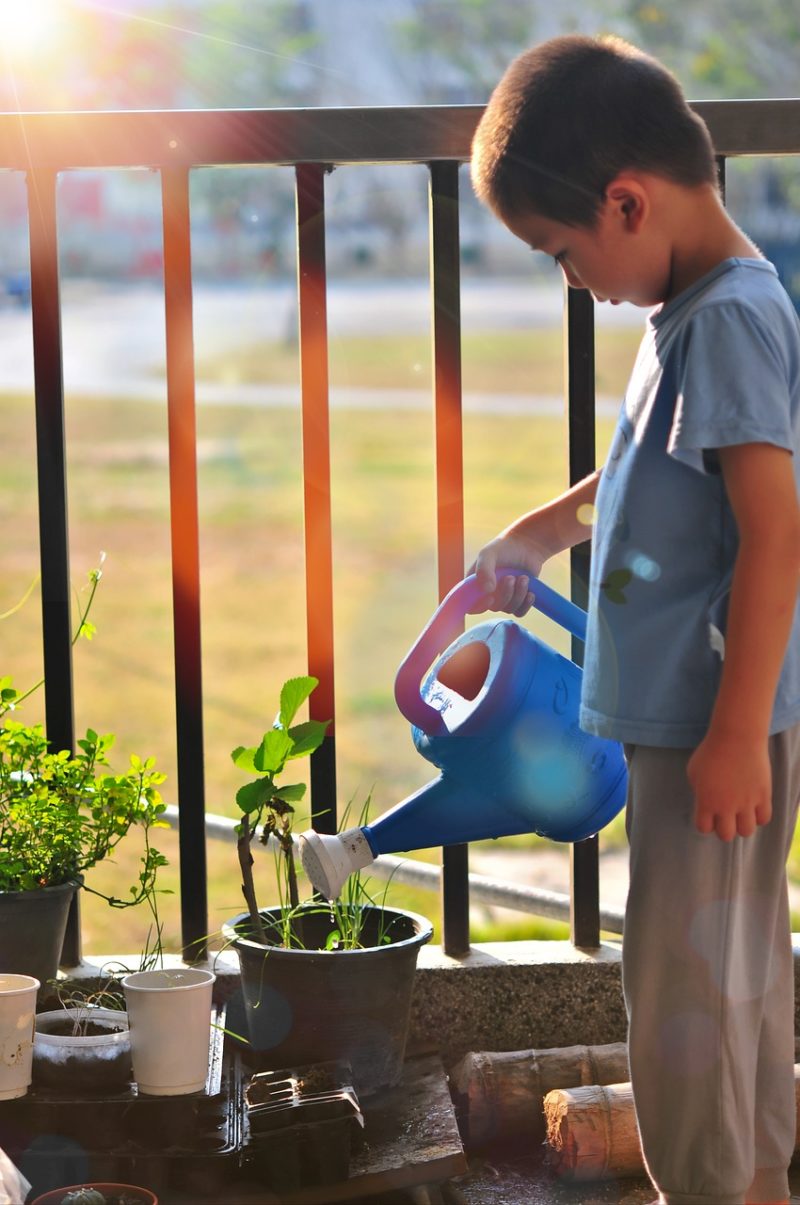
A soaker hose or drip irrigation could be smart choices- they are effective, reliable, and inexpensive.
Mulch your garden
Mulch is the ultimate garden hack. It will save you time, hold moisture and protect the surface of the soil. It will even keep weeds under control by preventing them from receiving the sunlight required for growth.
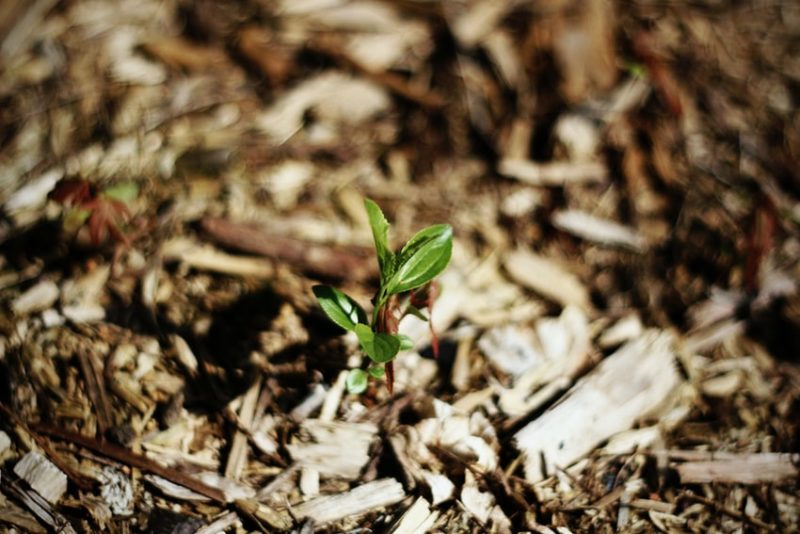
You can find two main kinds of mulch: organic and inorganic. Organic mulch includes chopped leaves, compost, wood chips, sawdust, pine needles, paper, etc. Inorganic mulch incorporates plastic sheeting, rocks or gravel, and landscape fabric. You will likely be able to find both at your local nursery.
Be mindful of the sun and the wind
We all know that the desert sun is not exactly favorable for growing plants. Powerful UV rays and high altitudes can be highly detrimental for your garden. One way to solve this is by using companion plants that can provide shade and protection to more sensitive ones. You can also get an awning or a shade cloth for the same effect.
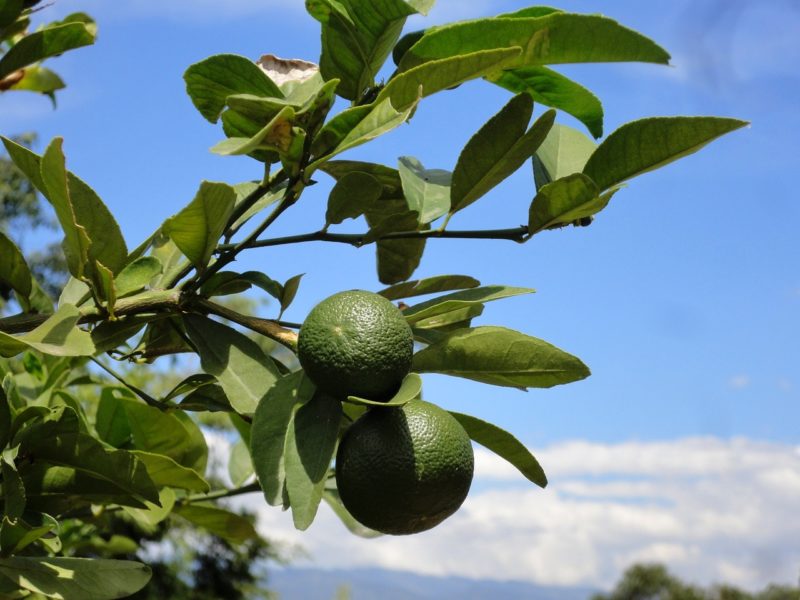
Winds can also be fierce sometimes, especially in the high desert. You need to set wind protection for your plants by making windbreakers. This is where you can be creative – build a fence, use straw bales, or trellis. Remember, protecting your plants means protecting all the hard work and effort you put into gardening in a desert city.
Author’s bio
Marianne Browne is an experienced content writer, with a particular interest in home decor, exterior and interior design. For the last two years, she has been working with Triple 7 Movers Las Vegas to help grow their online presence by providing great content and home advice. In her free time, she enjoys gardening on her terrace.

